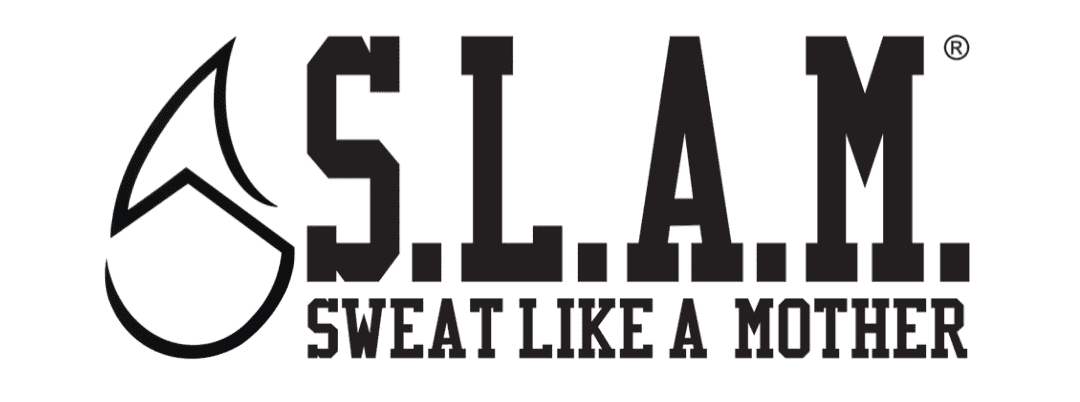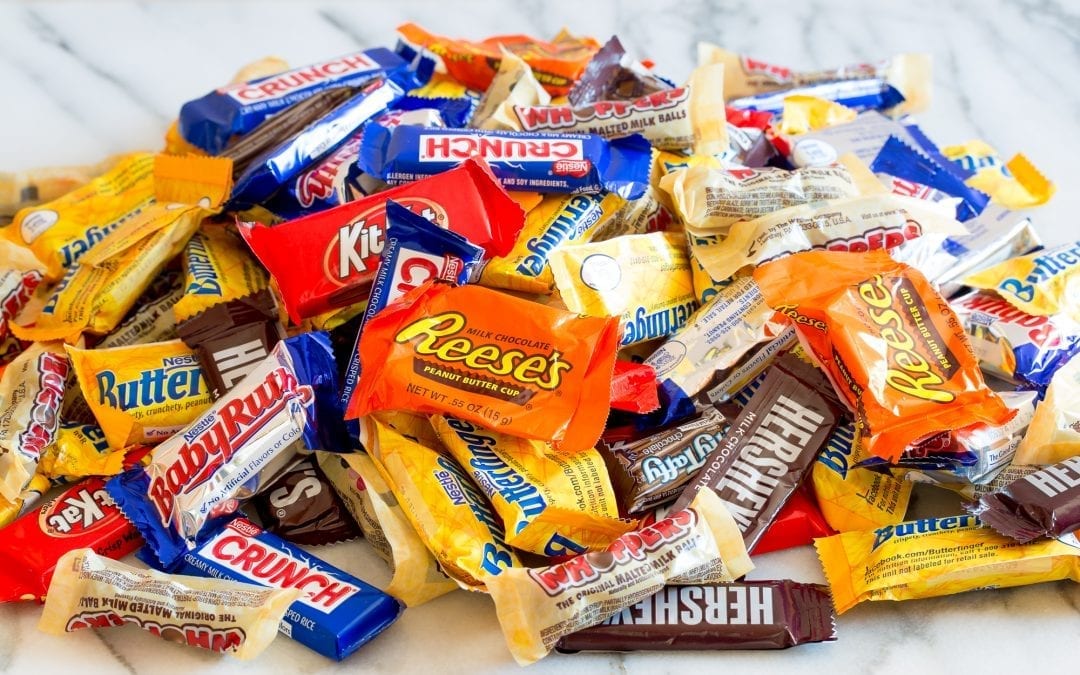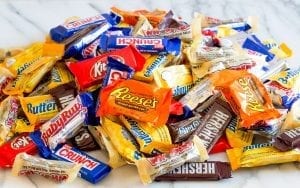Ah, Halloween Trick-or-Treating. This holiday conjures up sweet childhood memories of “hard-working” nights going door-to-door dressed in funny garb to politely ask strangers for candy. With a quick, albeit sincere, thank-you – we were off to the next house. At the end of this labor for sugar, we’d dump our loot on the kitchen table. My sister, brother, and I would sort our candy, trading Tootsie Rolls for Snickers and pawning off our least favorite – for me it was Whoppers. Malted milk – gag.
We’d also try and sneak a pass at the other’s Reese’s Peanut Butter Cups. Heaven in a foil wrapper. They were the crème de la crème of the night. Worth all the SweetTARTS and LaffyTaffys. Reese’s were the coveted candy in my family. We guarded those with extra care and some of us may have even counted ours just to make sure the parents didn’t partake in our stash. I’m not naming names…
But – eventually the novelty wore off and the Halloween candy was nothing more than a nuisance after a week or so. We only had a piece or two a day and after the peanut butter cups were gone – really, what was left? This was a more difficult concept for my brother who loved ALL THE CANDY. Even the Necco Wafers.
If you have kiddos like my brother who want all the candy all the time, there are some tricks to dealing with the sweets. Rather than focusing on the negative attributes of candy – that it has no nutritional value, it contributes to dental cavities, it contains empty calories, it’s a “gimme more” food – try focusing on practicing good behavior utilizing candy.
I should preface these suggestions with a suggestion – take all the Reese’s Peanut Butter Cups before you start. You can “hide” them in the freezer in an empty vegetable steamer bag so you have your own stash that the kiddos don’t know about. You’re welcome.
Sharing with others can be a difficult concept for some littles. ESPECIALLY when it’s something they love – like certain airplanes or candy. Donating Halloween candy to other organizations can promote sharing and putting others first. There are a few national organizations, and maybe some local ones in your area, where you can donate unopened candy. Operation Gratitude, Operation Stars and Stripes, and Ronald McDonald House Charities accept unopened candy. Check out your local food bank, soup kitchen, nursing home, or after-school program to see if they would help your child demonstrate generosity by sharing their candy.
You can also focus on financial behaviors by allowing your kiddos to exchange their candy for increased allowance or “buy” free passes for chores: five Snickers will buy a night free from clearing the table or add an extra dollar to their allowance. Once you have the exchanged candy you can take it to the office or donate it to the organizations mentioned above. Some dental offices have a buy-back program where they’ll pay for candy by the pound.
By focusing on the behavior of sharing or paying for chores, the candy ceases to be the issue. Sure, we all know candy is not the best for us, but a treat now and then is not forbidden. It’s all about balance, remember? When candy is off-limits because it is “bad” – then kids want it all the more. It’s the button they are not to touch.
As for leftover candy in the house that was used to give to trick-or-treaters, the same principles apply for us adults. It’s best to share the candy with others. Know an athlete who is logging some serious mileage and could use the fuel? Share your leftovers with her. Freeze the candy for the upcoming holidays when you can take it to a party as your contribution. Or, store the candy to use as decoration for building a gingerbread house.
Practicing these good behaviors will create lasting memories for your kiddos. If you make this a yearly habit, it will stand out to them as adults. The holiday becomes more than a candy-fest; it’s an opportunity to share and learn.




Recent Comments